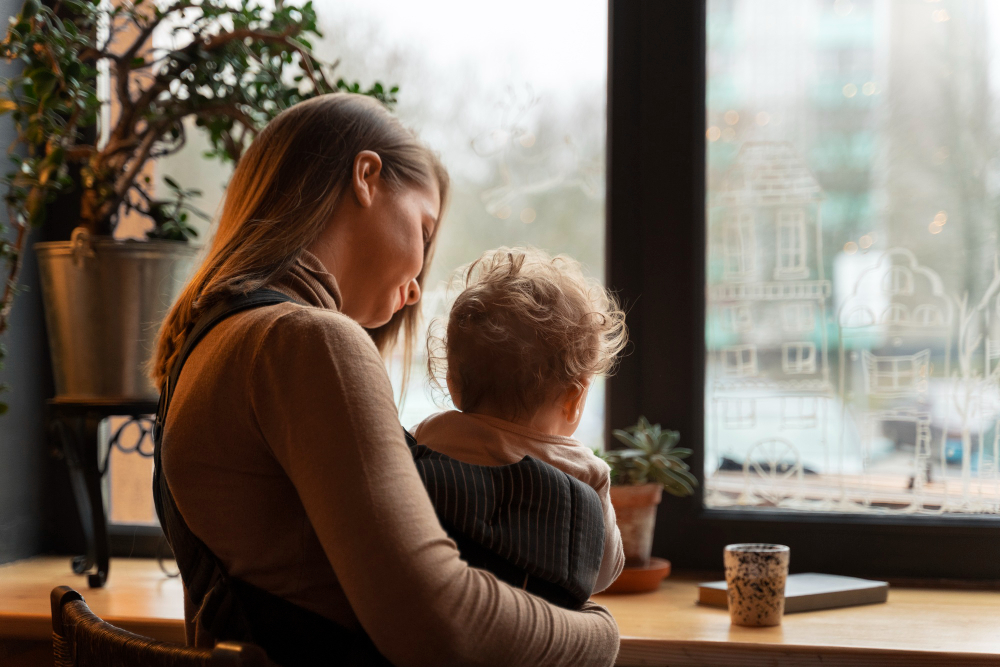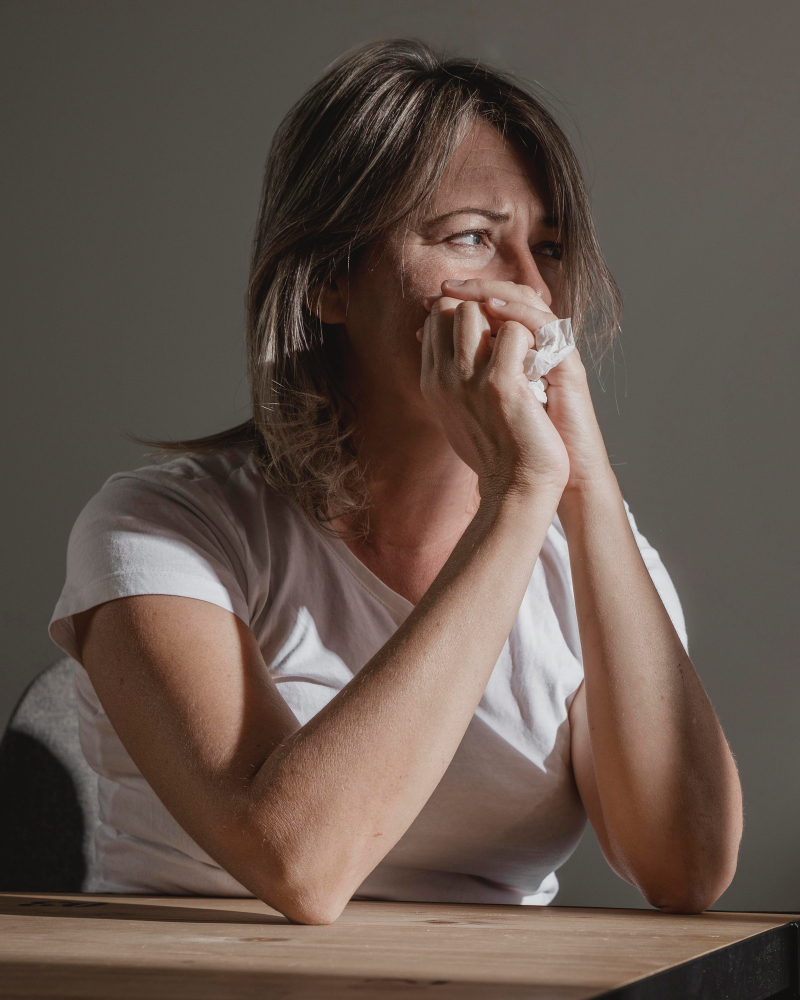This site exists because public education systems harm children—and then gaslight the people who try to stop it. Those people are not randomly distributed. They are overwhelmingly women.
Advocacy is a women’s issue not because women are naturally better at it, or more available, or more nurturing. Advocacy is a women’s issue because institutions depend on women to do it—for free, for years, with no recognition and enormous personal cost.
And when women push back against this arrangement—when they organise, demand accountability, or refuse to stay silent—they are punished for it.
To speak honestly about school advocacy, we must name the gendered structure underneath it.
The feminised labour of resistance
In the daily workings of families, schools, and bureaucracies, women are expected to notice what is wrong, to manage what is broken, and to contain what is harmful. When a disabled child is mistreated at school, it is most often a woman—a mother, a grandmother, an auntie, a sister—who is expected to intervene. She attends meetings. She learns policy. She collects evidence. She absorbs blame. She writes emails no one responds to and brings binders no one reads. She becomes the system’s archivist, memory, and conscience.
I would do anything to stop my child from being harmed.
A Parent
This is not an accident. It is structural. It is historical. It is gendered.
A 2018 review in the Canadian Social Work Review confirmed what many already live: mothers—especially those raising disabled children—perform the vast majority of advocacy work in education.
Alice Home documents how mothers are overwhelmingly the ones attending school meetings, chasing services, initiating contact with teachers and specialists, and negotiating systems that expect their compliance while undermining their authority.
Even in dual-parent households, the labour falls disproportionately on mothers. This feminised burden becomes most visible where systems are most broken—underfunded special education, discriminatory discipline, inaccessible services.
Peters writes that these women are “compelled to fight,” not because they want to, but because the consequences of inaction fall squarely on their children. In doing so, they take on unpaid, unsupported, and often disbelieved roles as full-time advocates—at significant cost to their time, income, mental health, and social standing (Home 2018).
Challenging Hidden Oppression: Mothers Caring for Children with Disabilities
“Even when resources are available and accessible, they are rarely adequate to meet the child’s and mother’s needs… This may reflect societal expectations that mothers should be able to cope with impossible family situations and offered services only when they fail.”
Alice Home, Challenging Hidden Oppression: Mothers Caring for Children with Disabilities”
Feminist theorists have long written about this. Patricia Hill Collins coined the term motherwork to describe the survival labour disproportionately performed by women of colour in systems that actively endanger their children (Collins 1994). Dorothy E Smith wrote of bifurcated consciousness—how women’s direct knowledge of harm is erased by institutional procedures and professional norms (Smith 1987). Kim Anderson (2011) emphasises that Métis and First Nations women—particularly elder women and grandmothers—serve as cultural anchors for their communities, transmitting teachings, sustaining relational accountability, and nurturing communal health across generations. Their caregiving is not private or sentimental; it is a political and cultural intervention that preserves vibrant Indigenous futures.
And in the context of disability, the gendered pattern of care work intensifies into a near-total consolidation. A 2016 article in Disability Studies Quarterly documents how mothers of disabled children are not only overrepresented in advocacy and complaints processes—they are often the sole organisers, narrators, and navigators of state systems that exclude the very children they are meant to support. These mothers become the unacknowledged administrative spine of resistance: attending IEP meetings, producing institutional memory, and confronting policies designed without them—often at profound cost to their health, careers, and long-term financial security.
Yet this labour of survival does not always fall to biological mothers. It accrues to those who inhabit feminised roles of caregiving and protection—grandmothers, aunties, older sisters, trans women, and non-binary caregivers—particularly in communities where kinship is extended, collectivised, and shaped by generations of state abandonment. Their unpaid advocacy is both an act of necessity and a quiet form of political endurance.
When women resist, they are punished
Advocacy is a women’s issue not only because women do it—but because they are penalised for doing it.
Women who challenge school systems are called adversarial. Emotional. Manipulative. They are dismissed as overprotective and then blamed for not protecting enough. Racialised women face disproportionate surveillance and punishment. Disabled women are disbelieved. Trans women are vilified. Single mothers are pathologised. When the person doing the advocacy is not white, not wealthy, not calm, and not deferential—institutions retaliate.
-
The politics of politeness: how tone-policing silences parent advocates
When a parent dares to speak plainly about harm—especially when that harm is systemic, ongoing, and inflicted upon a disabled…
The province delegates advocacy to women, and then punishes them for doing it well.
Naming structure is not exclusion
Some argue that calling school advocacy a women’s issue erases others. But refusing to name who carries the burden does not make things more inclusive. It simply makes the labour invisible.
When we talk about rape, we centre women as victims—not because others are never harmed, but because women are disproportionately targeted. The same is true here. Women, in all their diversity, do the majority of school-based advocacy. That includes cis and trans women. That includes mothers and grandmothers. That includes racialised women whose labour is never acknowledged, and disabled women whose legitimacy is constantly questioned.
To centre this reality is not to erase others. It is to tell the truth.
Naming the weight so we can shift it
To name school advocacy as a women’s issue is not to limit who can do the work. It is to expose who is expected to. It is to make visible the structural conditions that pull women—especially mothers, grandmothers, aunties, trans women, and racialised caregivers—into unpaid, unsupported roles as systems navigators, harm reducers, and reluctant experts.
This labour is not optional. It emerges from necessity, and it persists in the vacuum left by institutions that fail to protect, include, or listen. When those institutions break down—as they so often do for disabled, racialised, and neurodivergent children—it is women who are left to patch the gaps, absorb the injury, and carry the cost.
This is not sustainable. And it is not just.
If we want a just education system, we must start by listening to the people holding it up. That means naming who they are, honouring what they do, and refusing to accept a world in which their labour remains unacknowledged, unresourced, and endlessly extracted.
Naming the weight is the first step toward shifting it.








